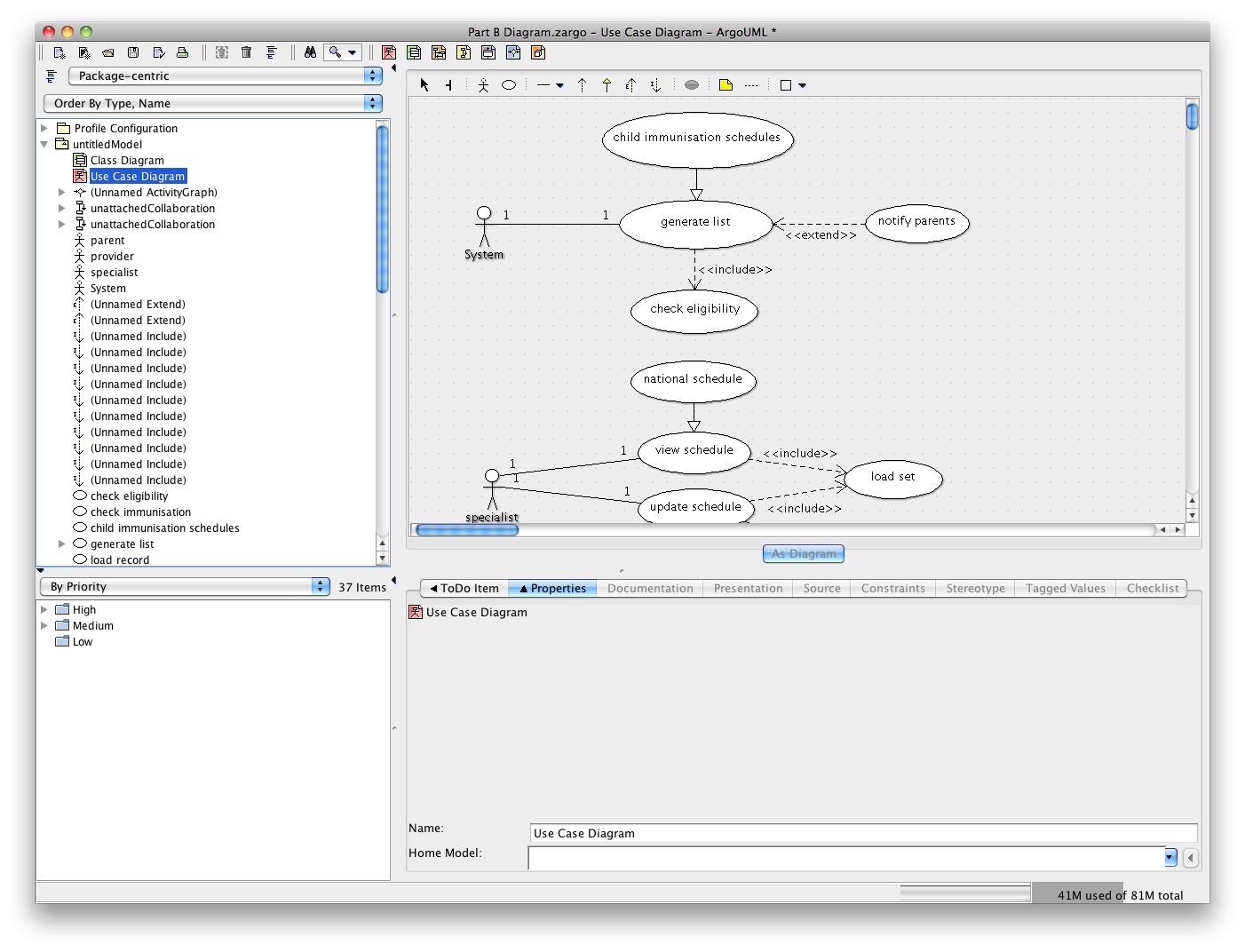Have you ever wondered how to get access to the Ruby on Rails‘ flash message when performing a AJAX or restful web request? You might hit yourself on the head when you discover how easy it is. Simply append the flash message to the Response headers. You could even wrap this in a helper, and using an after_filter to automatically add the header for you on every AJAX response.
class ApplicationController < ActionController::Base
after_filter :flash_headers
def flash_headers
# This will discontinue execution if Rails detects that the request is not
# from an AJAX request, i.e. the header wont be added for normal requests
return unless request.xhr?
# Add the appropriate flash messages to the header, add or remove as
# needed, but I think you'll get the point
response.headers['x-flash'] = flash[:error] unless flash[:error].blank?
response.headers['x-flash'] = flash[:notice] unless flash[:notice].blank?
response.headers['x-flash'] = flash[:warning] unless flash[:warning].blank?
# Stops the flash appearing when you next refresh the page
flash.discard
end
And then you just read the header with whatever you happen to be reading it with. For completeness sake here is an example of how to read the header in JavaScript using Prototype:
new Ajax.Request('/your/url', {
onSuccess: function(response) {
var flash = response.getHeader('x-flash);
if (flash) alert(flash);
}
});

